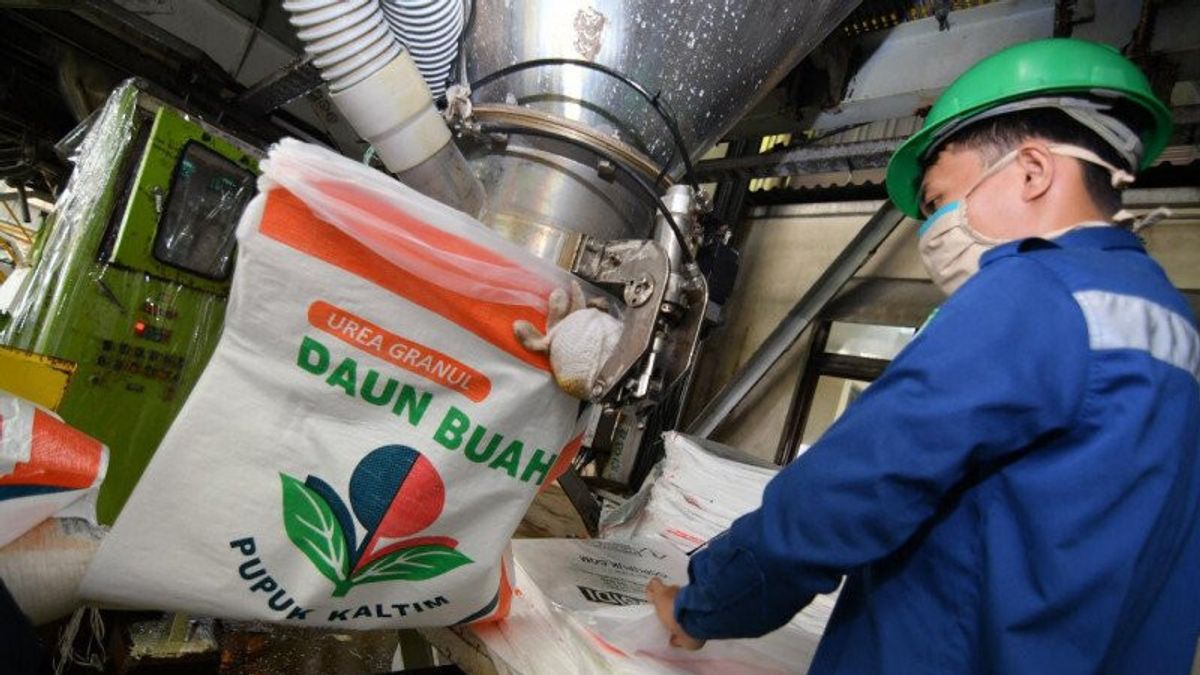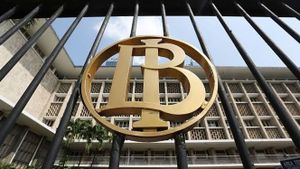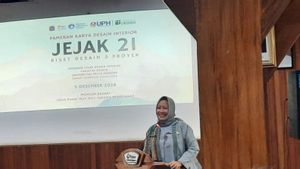JAKARTA - PT Pupuk Kalimantan Timur (Kaltim) is committed to reducing emissions and contributing to the achievement of BUMN decarbonization.
Through various strategic initiatives that have been and will be carried out by the company, Pupuk Kaltim targets to reduce carbon emissions by up to 38 percent by 2040.
Pupuk Kaltim's Director of Operations and Production, Hanggara Patrianta, said that industry players are now increasingly being demanded to be able to implement a greener production process.
"As a fertilizer producer, Pupuk Kaltim has also been oriented towards reducing gas emissions from production and innovating to improve energy efficiency," he said in a statement to the media, Tuesday 10 May.
He added that this has become the company's focus as stated in the company's roadmap for the next 40 years based on renewable energy.
Through various strategic initiatives that have been carried out previously, Pupuk Kaltim has succeeded in decarbonizing the company's operational environment, up to around 16 percent by 2021.
Furthermore, in the future, the company targets to reduce greenhouse gas emissions by up to 1.6 million tons per year.
Hanggara said that various decarbonization innovations were considered to be able to contribute to the reduction of the company's carbon emissions, including making factory efficiency to reduce exhaust gas, by saving natural gas use through revamping the ammonia plant.
"Second, business development and new technology, which is focused on sequestering carbon dioxide (CO2) to be used as raw material for other products and substituting natural gas raw materials for NRE-based hydrogen to produce Green Ammonia," he explained.
In addition, continued Hanggara, by substituting raw materials/fossil-based energy with new and renewable energy, among others, by presenting PLTS to supply office electricity needs and supporting facilities at Pupuk Kaltim.
"Finally, take a biological approach, which is able to reduce gas emissions naturally through biological plants that are able to absorb carbon, such as Mangroves which are able to absorb carbon in greater quantities than terrestrial forest ecosystems," he concluded.
The English, Chinese, Japanese, Arabic, and French versions are automatically generated by the AI. So there may still be inaccuracies in translating, please always see Indonesian as our main language. (system supported by DigitalSiber.id)













